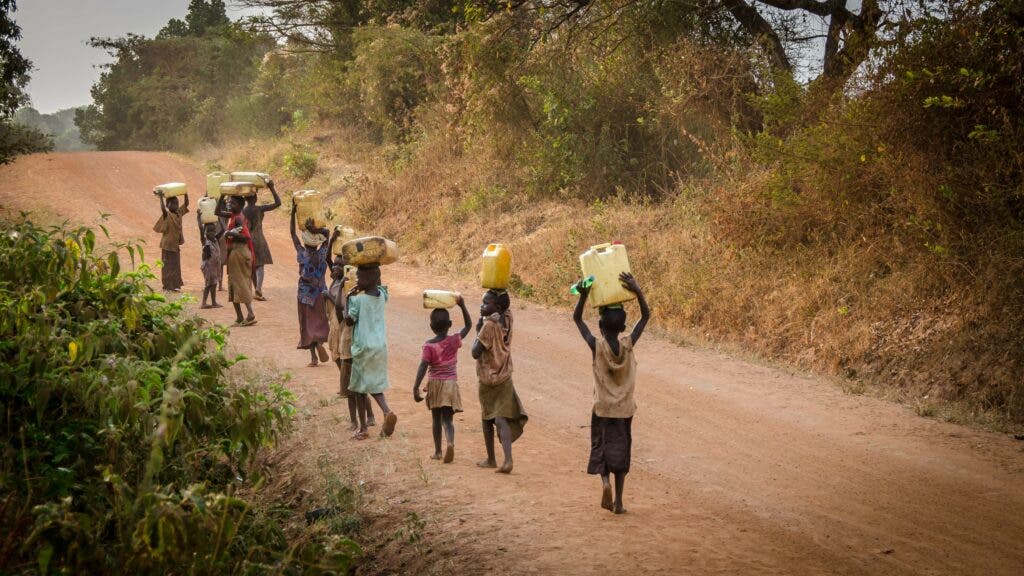Access to clean, safe and affordable drinking water is a fundamental right acknowledged by the UN’s Sustainable Development Goals. However, access to this essential resource is still a big challenge across much of Africa, with over 500 million people in 19 countries living in areas deemed water insecure, according to a new UN assessment report.

Published on the eve of World Water Day (March 22), the report used a set of 10 indicators to quantify water security in Africa’s 54 countries. The results are damning. For starters, data on water security in Africa is itself scarce — and where the data does exist, it often points to major problems regarding sanitation water. Overall, only 25 countries on the continent have made progress over the past three to five years, while 25 have made none.
“Data limitations don’t change the main outcome of this assessment, which is strong and clear,” lead author Grace Oluwasanya said in a statement. “Overall levels of water security in Africa are low. Not a single country let alone a subregion have at present achieved a state that can be seen as ‘model’ or even ‘effective’ stage of water security.”
Water scarcity
The concept of water security refers to several needs and conditions. To be water-secure, you first need to have adequate drinking water, but also water for agriculture and other industrial activities, ecosystems, and governance. It’s not just about how rare the resource is (as in how much access to water a country has) but also how well the resource is managed. The UN defines it as the “capacity of the population to safeguard sustainable access to adequate quantities of acceptable quality water.”
Overall, all African countries except for Egypt scored below 70 on a scale of 100, according to the report. Only 13 out of the 54 countries reviewed reached a modest level of water security, while a third had levels of water security below the threshold of 45.
The countries with the highest water security in Africa are Egypt, Botswana, Mauritius, and Tunisia, the UN found, although with only modest levels of water security achieved. Not much progress was achieved in the past three to five years. The number of countries that did make some progress (29) is actually close to the number of countries that made none (25).
Map not from this report.
Access to drinking water largely varied from 99% in Egypt to 37% in the Central African Republic, and between subregions from 92% in North Africa to 62% in Central Africa. Access to sanitation is broadly similar at the subregional level, but a few countries reached 100%, such as the Seychelles. At the other end of the spectrum are Chad and Ethiopia with under 20% access.
At the same time, access to hygiene facilities and practices is greatest in North Africa and West Africa, with Rwanda and Liberia under 10% access. Per capita, water availability was found to be highest in Central Africa. Half of the North African countries seem to be water-scarce, with less than 500 cubic meters of water per capita per year, the UN found.
Water use efficiency was lowest in North Africa and highest in Central Africa. Improvements were reported in Tunisia and Gambia. Water infrastructure was considered best in the Southern Africa sub-region and worst in East Africa. Half of the continent’s countries scored very low, reflecting the low level of water storage development.
The authors also highlight the need for global standards and more data, not just from Africa but also from other parts of the world — we can’t have an accurate picture of how bad the situation is without a global assessment. Furthermore, some critical components of water security can’t be assessed without introducing surrogates or proxies, they argued. This is why it’s so hard to estimate the percentage of the African population that will have access to safely managed sanitation over the course of this decade.
“Data availability – or the lack of it – in itself may be an excellent indicator of water security,” Dr. Oluwasanya said in a statement. “Action needs to be taken immediately by national governments with support from international agents to radically improve data collection efforts for Africa.”





